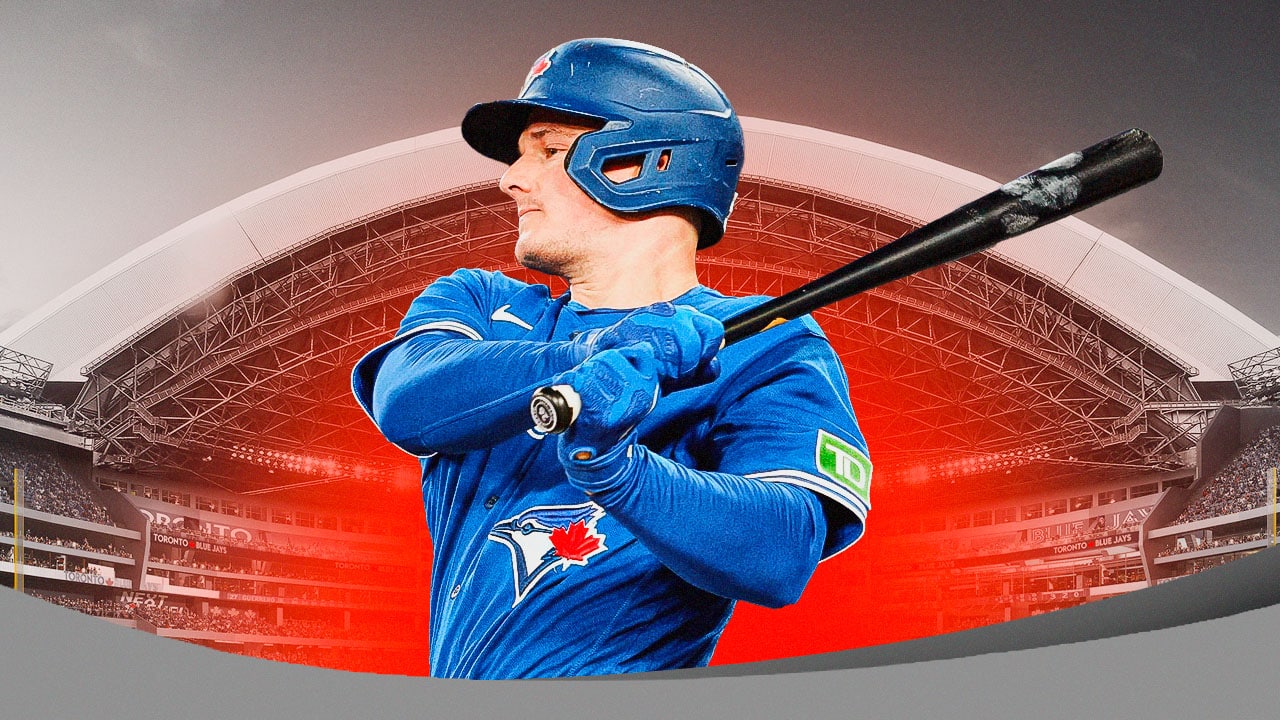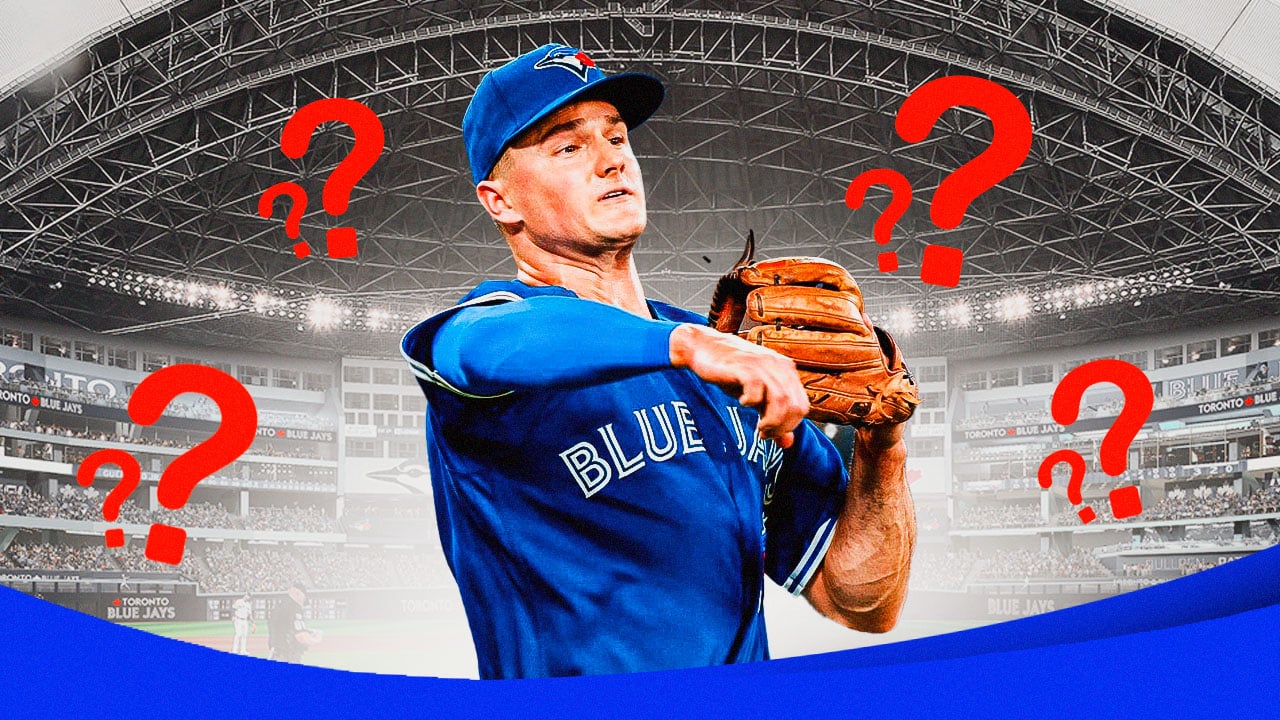Matt Chapman is one of the best free agents available this winter, and the New York Yankees have struggled to find production from their third basemen in recent years. So, should the Yankees go get the former Toronto Blue Jays slugger to man the hot corner? Not so fast.
Let’s find out why Chapman and the Yankees are both better off going their separate ways.
Chapman is a good player, but a bad fit in The Bronx

This isn’t to say that Chapman is a bad player, or that he doesn’t deserve the contract offers that he will inevitably receive in free agency. Matt Chapman is a talented player, but his skill set does not align with what the Yankees need, and he would be a poor fit on this roster.
Chapman is an elite power hitter who strikes out a lot and has a lengthy injury history. Does this sound familiar? The Yankees have too many players who fit that description. Brian Cashman needs to diversify his roster, not add more players who will be redundant with those who are currently on the team.
It’s unlikely that Chapman would be as bad or worse than Josh Donaldson was, but it is very possible that he wouldn’t be much better either. He would also take away the roster spot from a young player with significantly more upside.
The Yankees already have too many home run or strikeout players
Two words can describe New York’s offense in recent seasons: Homers and strikeouts. The Yankees hit the ball hard, and they are often near the top of the league leaderboards in home runs. However, they also are frequently among the league leaders in strikeouts.
Chapman‘s offensive profile is remarkably similar to Giancarlo Stanton‘s. They both have elite power and they both strike out frequently. They also both have serious health concerns.
Stanton has better high-end power, whereas Chapman is excellent at fielding his position, which means he wouldn’t be relegated to the DH spot. However, that wouldn’t fix his strikeout or availability concerns.
The Yankees can get similarly elite defense at the hot corner from Oswald Peraza for a fraction of the price, while also opening a spot for a young player with upside. If Peraza doesn’t work out, internal options from the team's farm system will be available in the next year or two.
The risk of signing Chapman to a contract that turns into a negative asset outweighs the risk of missing out on Chapman and needing to figure out an alternative move at a later date.
The ideal MLB roster from an offensive standpoint is one that features a combination of players who are contact hitters with high batting averages and walk rates who can get on-base frequently and power hitters to drive them in. Ideally, the power hitters will also have a decent walk rate, but if they strike out frequently teams will accept that tradeoff because of the damage that they can do when they hit the ball.
However, if you end up with too many power hitters with high strikeout rates, you'll get a bunch of solo home runs and a bunch of strikeouts. Chapman needs to go to a team with players around him who get on base at a high percentage to make the most of his ability to drive the ball. A team like the Marlins would be a better fit, where Chapman could hit behind Luis Arraez and possibly Jorge Soler, two players with on-base percentages near or above .350.
Chapman would be a roadblock to developing top prospects
Roderick Arias may still be in the lower levels of the minor leagues, but he has shown immense potential, and will likely finish next season at Double-A. This would put Arias on track to reach the big leagues by the end of the 2025 season or the beginning of the 2026 campaign. That would coincide with the end of the second year of Chapman’s contract, and assuming he is signed to a four-year deal, Chapman’s deal would create a roadblock for Arias or one of the other young Yankees players.
With Anthony Volpe already in the big leagues at shortstop, and Gleyber Torres potentially being extended, the most likely position for Arias is at third base. One of the most disappointing outcomes of the 2023 season for New York is that they didn‘t seize the opportunity to see what they had with Oswald Peraza, who was blocked for the majority of the season by an ineffective Josh Donaldson.
Peraza only got a chance to play consistently in September, and he started to find a rhythm just as the season was coming to a close. The Yankees could have used this year to see if he could be a key piece of the puzzle moving forward, and his growth may have also led to contributions that would have helped the team win. They can’t afford to repeat this mistake with Arias a few years from now.
If Arias were to stumble significantly in the minors, the Yankees also have Trey Sweeney in the upper levels of the minors. Sweeney is a left-handed batter with a swing that profiles well at Yankee Stadium.
The Yankees are better off extending Gleyber Torres
The Yankees would be better served holding the money that Chapman will likely command in free agency and using that to extend Gleyber Torres instead. This is especially true if they are able to pull off a trade for Juan Soto, as Torres slots in nicely as the third or fourth best hitter on the team.
In 2023, Gleyber Torres had 98 strikeouts in 596 at-bats. This may not sound great, but ultimately it’s only a 16% strikeout rate. For a team that had serious issues with striking out too often, Torres wasn’t the problem. Chapman had 165 strikeouts in 509 at-bats.
Torres had an OPS of exactly .800 in 2023, and Chapman’s OPS was .755. Torres is also younger and significantly healthier. Extending Torres would likely cost the Yankees approximately the same amount as signing Chapman, and it may even be slightly cheaper. That would be a far better use of the team’s financial resources.
Torres has had his share of ups and downs throughout his career, but he is a key piece of the Yankees offense, he is younger and healthier than Chapman, and Cashman would be better off investing in Torres than singing another injury-prone player who strikes out frequently.
The Yankees and Matt Chapman would both be better off if Chapman signs elsewhere

The Yankees shouldn’t sign Matt Chapman because he would create redundancy on their roster when they need diversity. This would hurt the team’s chances of winning, and Chapman would likely become a scapegoat for angry fans. This wouldn’t be a good situation for either the team or the player.
Chapman would be better off signing with a team that has plenty of guys who can get on base and who is in need of a power hitter to complement their roster. This type of team would likely be willing to pay more for Chapman’s services in addition to putting him in a situation where he can positively contribute to the team’s success.
There is an exception to every rule, however, and indeed there is a caveat here. Brian Cashman should still do his due diligence, and if Chapman were willing to consider signing a prove-it deal for one or two years at an AAV of $20 million per year or less, Cashman should consider that.
Although, the Yankees should not be willing to go higher than two years, $40 million in total value. This makes a deal unlikely, as Chapman will probably receive multiple offers that are easily better than that.
